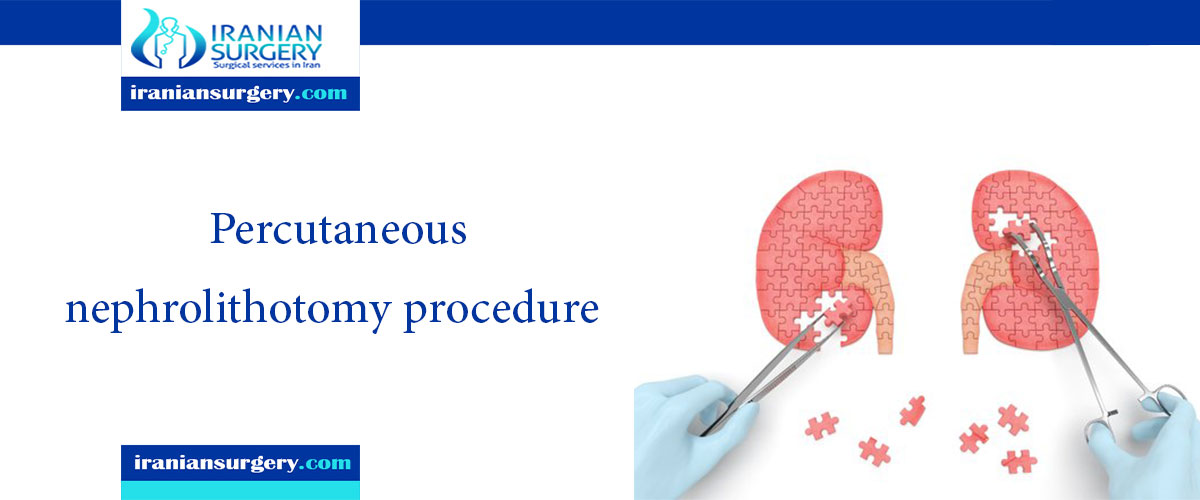percutaneous nephrolithotomy procedure

percutaneous nephrolithotomy procedure
what is happens during percutaneous nephrolithotomy?
The operation begins by inserting a telescope-like instrument (known as a cystoscope) into the bladder. A tube is then passed up the ureter into the kidney. This tube allows the kidney to be filled with dye (contrast medium) to allow your surgeon to localise the kidney with x-rays. You are moved on to your front (lying face down). With the aid of the x-ray machine, the kidney is punctured with a fine needle. The needle position is confirmed by either outflow of urine or dye from the needle. Once the kidney has been entered, a 1.5cm incision is made in the back and the needle tract into the kidney is then stretched (dilated) to allow a telescope to be passed into the kidney. The needle tract is then dilated. A scope and other stone fragmentation tools such as a laser or an ultrasonic probe will be inserted through this tract for stone fragmentation and removal.
The whole procedure usually takes 2-3 hours. 4 What happens during a PCNL? Picture Courtesy: panchalurologycentre.com 5 After the operation, a tube is left in the kidney and a catheter is left in the urethra (the tube which carries urine from your bladder and out of your body) to ensure good urinary drainage. These are removed over the next few days depending on clinical progress and will be reviewed daily by the medical team.
10 common questions about percutaneous nephrolithotomy procedure
[kkstarratings]


